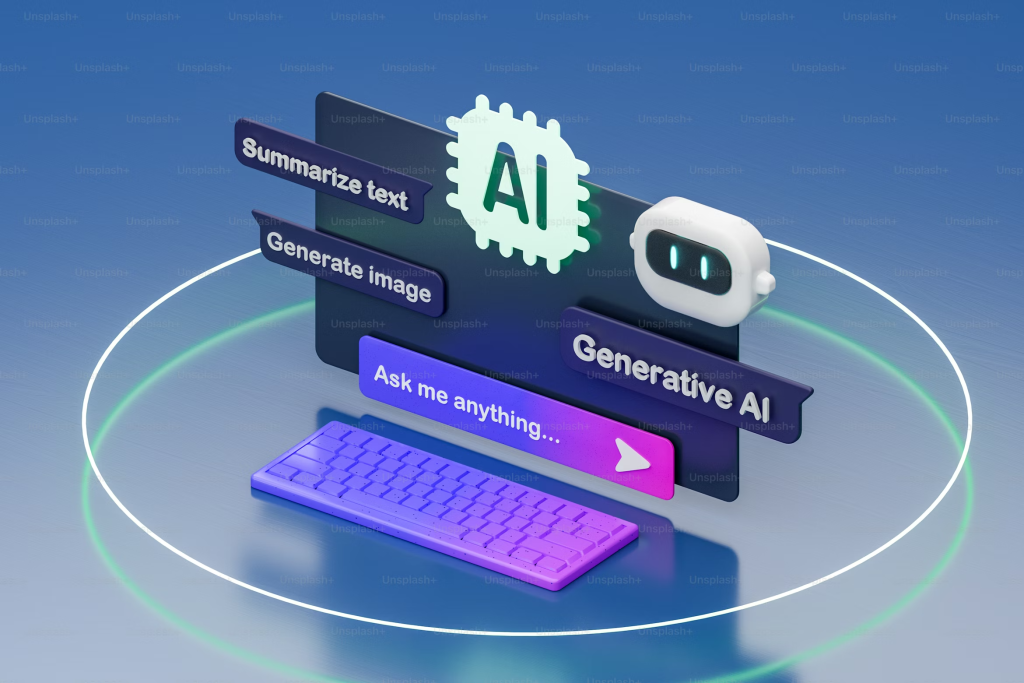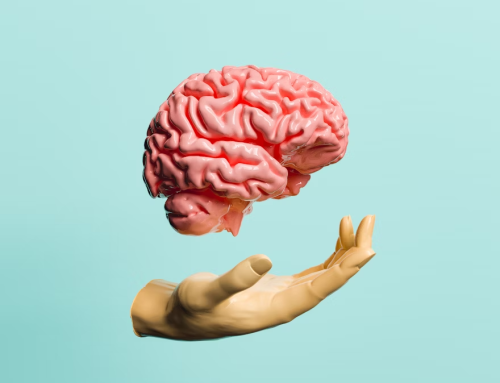
Why Your First Audience Isn’t Human Anymore
For decades, marketing was grounded in understanding human behavior, people’s needs, motivations, and emotions. But today, content doesn’t reach people first. It must first perform for a machine: the algorithm.
Platforms like TikTok, YouTube, Instagram, Spotify, and LinkedIn now determine what gets seen, by whom, and how often. If the algorithm doesn’t detect potential engagement, your message may never reach the audience it was designed for.
We’ve entered the era of Algorithm-First Marketing and its reshaping strategy, creativity, and the role of marketers.
Why This Shift Happened
The change was driven by an explosion of content and limited human attention:
- Over 4.8 billion social media users worldwide
- 500+ hours of video uploaded to YouTube every minute
- An estimated 34M+ TikTok videos posted daily
- 120,000+ new tracks added to Spotify every day
No human editorial team can manually filter that volume. Algorithms became the only scalable solution responsible for:
- Identifying relevance
- Predicting engagement
- Matching content with the “right” audience
In many ways, algorithms have replaced traditional media gatekeepers.
How Algorithms Decide What Gets Seen
Each platform uses its own models, but the signals they evaluate are surprisingly similar:

Marketers aren’t just creating content anymore; they’re training algorithms to categorize it and distribute it to the right viewers.
The New Rules of Algorithm-First Content
To succeed on today’s platforms, content must perform for machine and human behavior:
- Hook Immediately: First 2–3 Seconds – A strong opening drives retention and signals value to the algorithm.
- Consistency Builds “Algorithm Trust”- Frequency + topic clarity helps the platform understand your niche and ideal audience.
- Retention > Reactions – A completed video, replay, or save is a stronger ranking signal than a like.
- Niche > Broad – Focused content improves audience matching. If the algorithm can’t categorize your content, reach drops.
- Native Content Wins – Content designed forthe platform (not just reposted) performs best.
Why Humans Still Matter (A Lot)
Algorithms determine reach but people determine resonance, trust, and conversion.
Think of it this way:

The most successful brands do two things well:
- Win the algorithm with structure
- Win the human with meaning + storytelling
What the Best Brands Are Doing Right
The brands outperforming others in this era share a common behavior. They speak the language of the platform, not just the language of their brand.

Skills Modern Marketers Need Now
As algorithms influence what content succeeds, marketing roles are evolving. Skills rising in relevance:
- Platform and algorithm understanding
- Data-led creative strategy
- Short-form storytelling and editing
- Community engagement and co-creation
- AI-assisted ideation and content testing
- Content repurposing for multi-format distribution
Today’s marketer must balance creative instinct + analytical thinking + platform psychology.
Ethical Considerations: A Necessary Conversation
If algorithms influence what people see, learn, and believe, marketers hold new responsibility. Questions worth asking:
- Are we prioritizing quality or just what performs?
- Are engagement tactics healthy or manipulative?
- Are diverse voices being amplified or suppressed?
- How do we protect authenticity in a performance-driven world?
Purpose-driven and ethical marketing now includes understanding the impact of what the algorithm chooses to amplify.
What’s Next: Emotionally Intelligent Algorithms
AI is evolving beyond clicks and watch-time toward emotional understanding. Emerging capabilities include:
- Emotion recognition in audio and video
- Sentiment-based ranking signals
- “Meaningful engagement” scoring (vs. surface-level engagement)
- Emotion-based personalization in feeds
We’re moving from attention algorithms to emotion-aware algorithms. When that happens, “marketing to algorithms” and “marketing to people” may merge because the machine will finally detect human meaning.
Final Thoughts
Algorithm-First Marketing isn’t a threat; it’s an opportunity to evolve. The mindset going forward:
Write for people. Format for algorithms. Algorithms determine who sees your content, Humans determine whether it sticks, spreads, and builds loyalty.
References:
- We Are Social & Meltwater – Digital 2024 Global Overview Report
- YouTube Press & Statista – YouTube Usage Statistics 2024
- Spotify – Loud & Clear Transparency Report, 2023–24
- TikTok for Business – Creative Best Practices & Algorithm Insights, 2023-24
- Instagram Creators -How the Algorithm Works (2023 Update)
- MIT Media Lab -Affective Computing Research
- Harvard Business Review – The Algorithm Behind Engagement (2023)
- Netflix Tech Blog -Personalization & Recommendation Systems
- Spotify Engineering Blog -How Personalized Recommendations Work


